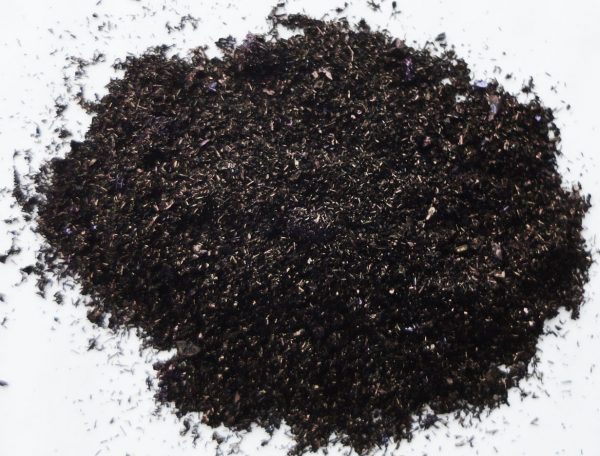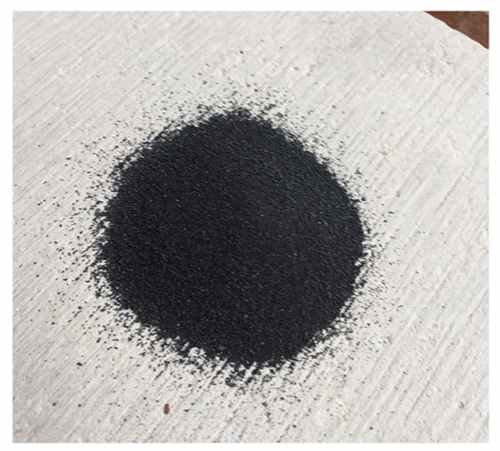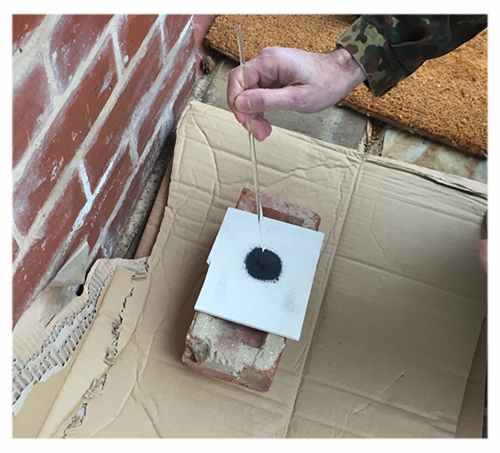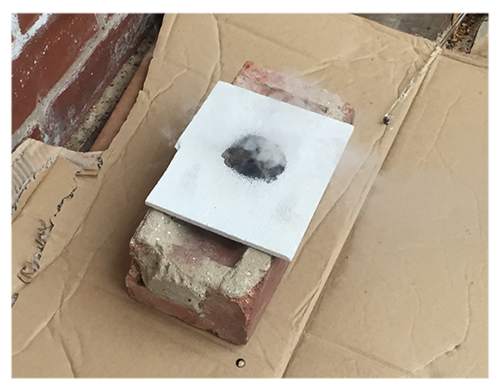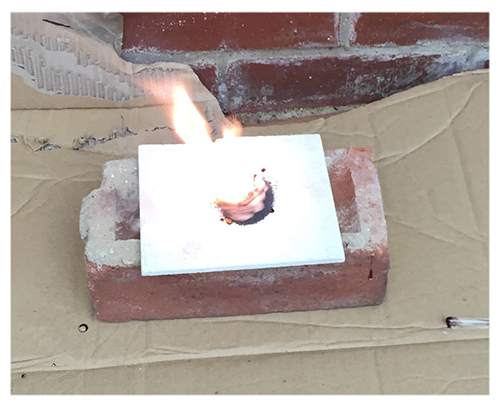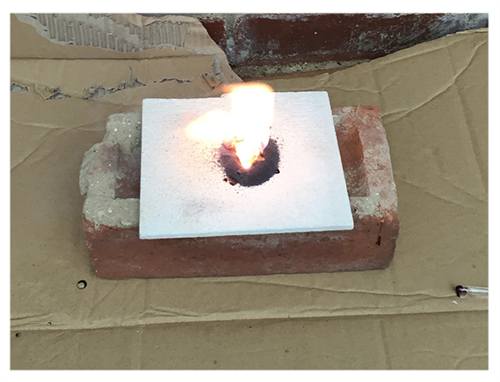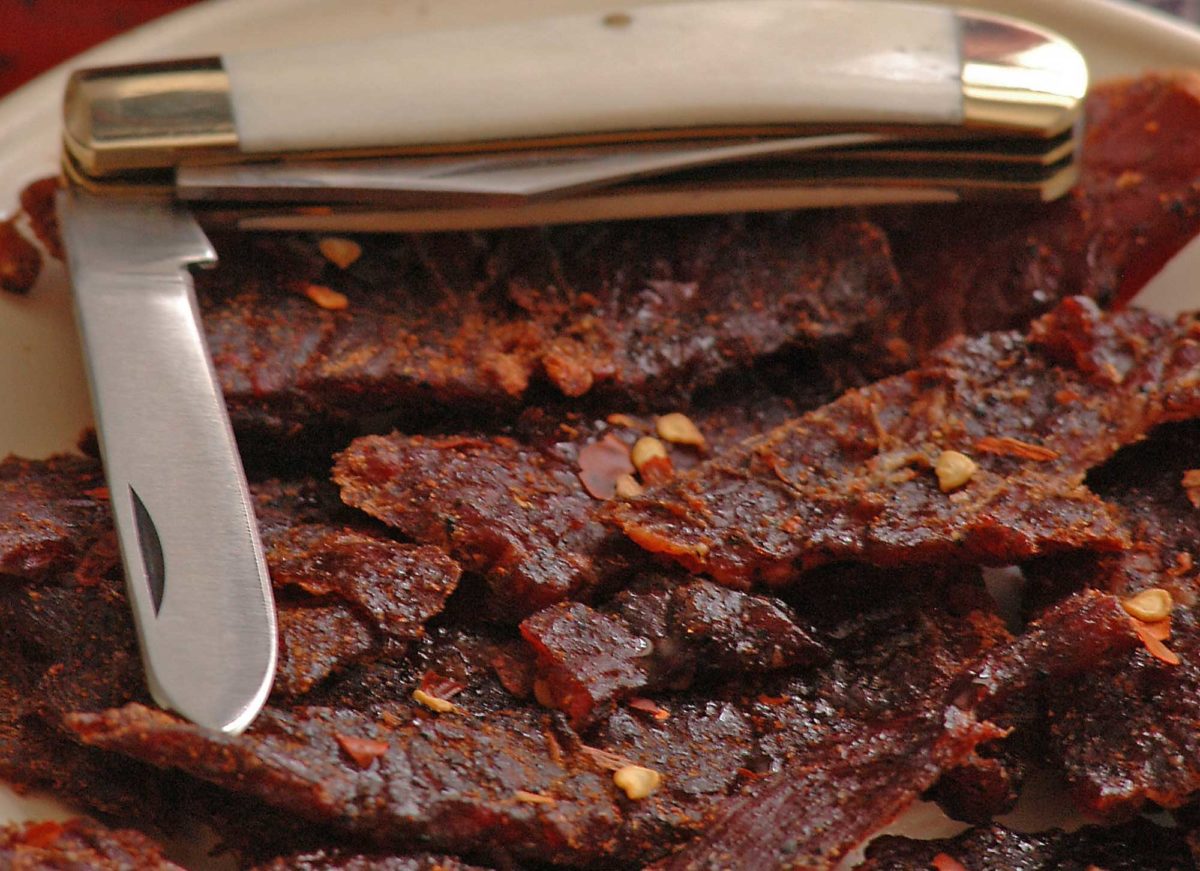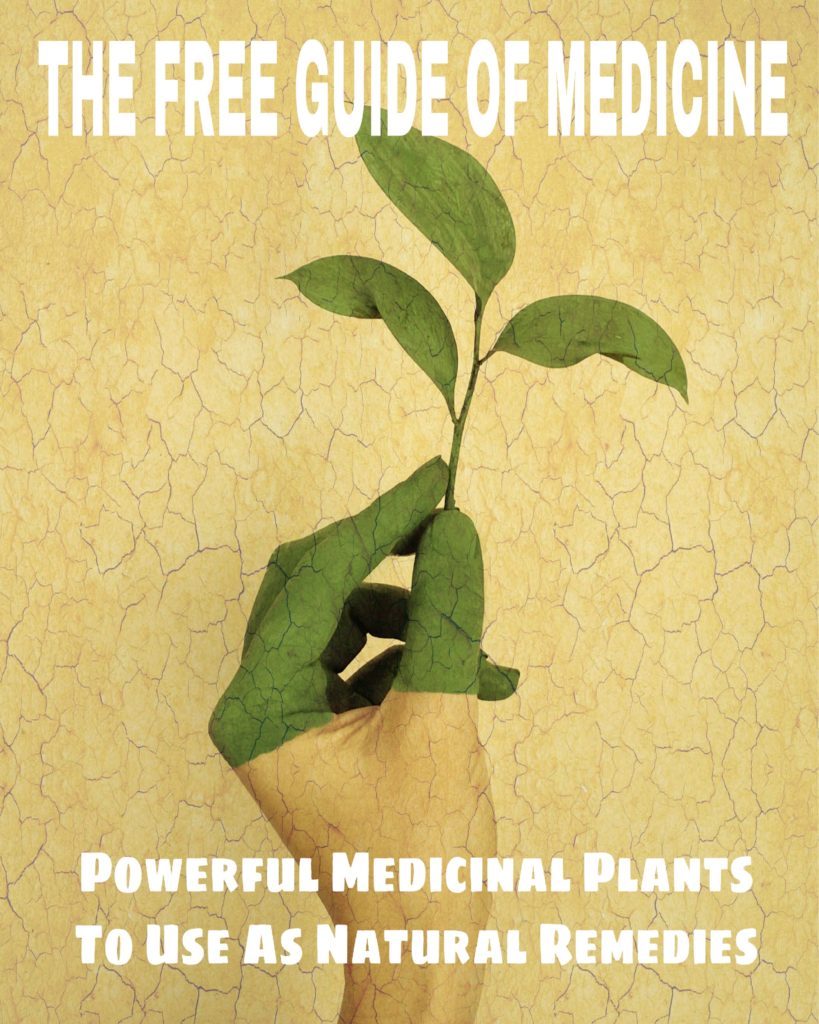Potassium Permanganate: Why You Need It in Your Survival Kit?
Potassium permanganate is arguably one of the most useful ones as a survival material.
The compound’s 4 oxygen atoms are the secret to its action and its applicability in survival. Potassium permanganate contains much oxygen making the compound an oxidant. It is this oxygenation potential that is one of the reasons why potassium permanganate is such a valuable chemical for survival.
Potassium permanganate, as a minor side note, is excellent at taking stains off objects. For example, using a potassium permanganate solution, you can remove the ‘foxing’ from an old book. But at the same time, if you have it on your skin, you end up with brown stains that are very difficult to wash off — as I figured out once before.
Use #1: As Water Purifier
Studies, from “The Pharmacological Basis of Therapeutics”, have shown that a dilution of 1:10,000 (potassium permanganate to water) kills most bacteria within an hour.
You may be asking, can I sterilize drinking water with potassium permanganate? Not only that you can, but you can also do it at the source. For example, if you have a well, you can control bacterial growth by feeding the well a solution of around 4-7 g permanganate per gallon.
Related: How to Purify Water with Charcoal
Use #2: As Wound Disinfectant
Potassium permanganate is found more readily outside. The oxidizing aspect of the chemical means it’s an excellent disinfectant, as described earlier.
A diluted potassium permanganate solution can be used to treat anything from trench foot to wound cleaning to sterilize contaminated water. These can also be used for the prevention of bacterial infections in fish.
Related: How to Prevent Wound Infection Using Saltwater
Use #3: To start a fire
Potassium permanganate is a great fire starter. What you need is about 10g (1/3 oz) of it and some glycerin (about 1 ml or 1/4 teaspoon) to start a fire with potassium permanganate. It can work with water and sugar too. Place your potassium permanganate or tile (as shown below) in a small ceramic bowl. Then drop the glycerol onto the potassium permanganate and stand back. The dish will start smoking within a few seconds to a minute and then a sudden purplish flame will appear. The flame can be used to light a bigger fire.
Create a small mound of potassium permanganate and drop the glycerol into a small reservoir in the middle of the mound
Stand back and watch as the chemicals react and create a flame
Use the flame as a firelighter
Use #4: Improvised munitions
You may also use potassium permanganate as an improvised munition using the same concept as in Using # 3. You can use a mixture of sugar and potassium permanganate as a simple munition. To do this, grind the sugar finely and permanganate separately (for obvious reasons it is important to grind these separately). So blend the two together using a soft brush — the brush eliminates friction — that should produce a low-level munition. Wrap the powder together into something like a little pipe, with a fuse capped tube.
Related: What the H is Potassium Permanganate and Why Do I Need it?
Use #5: More medicinal uses
Wounds, like blisters, and even open wounds, can be treated by taking a dilute bath of potassium permanganate for infection. For the solution adopt the 1:10,000 law. Likewise, you can also treat eczema, dermatitis, and fungal infections with a dilute potassium permanganate solution that you use every day to wash the infected area. Referring back to the Pharmacopoeia from 1968, it recommends a cure for weeping wounds 1 in 5000 to 1 in 10,000 and similar for urethral irrigation for water infections — so specificity for alternative therapies should be around the range of solutions.
Use #6: As a mouthwash
IMPORTANT NOTE: Concentrated solutions of potassium permanganate are poisonous, so be careful!
Potassium permanganate is a disinfectant and can also be used as a mouthwash. The disinfectant action works by leveraging the oxidizing properties of potassium permanganate to destroy microorganisms. The mouthwash solution of potassium permanganate should taste mildly sweet, with an astringent aftertaste. Research on the antiseptic effects of potassium permanganate and its use in treating periodontal disease is continuing. The mouthwash concentration in the trials is a solution of 0.01%, this is 1g of potassium permanganate per 10,000ml of water (that’s about 2 gallons of water). The trial suggests gargling the solution with 10 ml, twice a day.
Potassium permanganate at room temperature and normal light conditions are stable as a solid but it is less stable as a liquid. And the easiest way to make up solutions in small batches that can be used up quickly is to use 100 mg potassium permanganate to around 1 liter of water (around 0.2 gallons) in the above example.
Some final uses:
- According to the British Pharmaceutical Codex of 1968, potassium permanganate solution is used as a first-aid treatment for snake bites. However, it caveats this use is not clinically proven, but that it will destroy any venom that is on the skin’s surface.
- Potassium permanganate can be used to neutralize mustard gas, even if it has been in the ground for decades by pouring on a solution around the infected area.
- Back in the day, potassium permanganate was used as a treatment for poisoning. The dosage varies depending on what you read, but most publications recommend a 0.2% solution as a stomach wash, post poisoning.
Potassium permanganate is arguably one of the most useful ones as a survival material. The compound’s 4 oxygen atoms are the secret to its action and its applicability in survival. Potassium

